It Starts With a Reef That Looks More Like Swiss Cheese
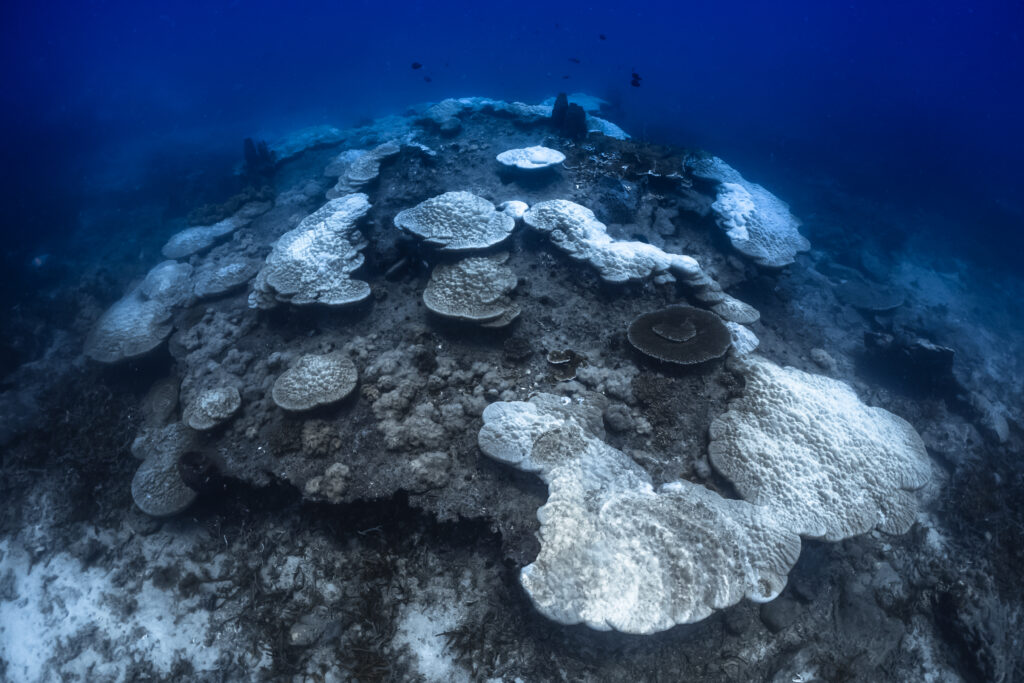
Imagine standing in the middle of the ocean—well, floating—and peering down to see a once-bustling coral reef reduced to a lifeless, algae-crusted ghost town. The colors are gone, the fish are missing, and it’s eerily quiet beneath the waves. Scientists call it coral bleaching; nature calls it heartbreak. But instead of giving up, researchers are getting creative. Like really creative. Think underwater architecture meets Pixar-level imagination. Using 3D printers, the size of a smart fridge, marine biologists are recreating the shape, texture, and curves of natural coral skeletons—layer by meticulous layer. These structures aren’t just pretty placeholders—they’re hyper-customized to mimic coral’s original nooks and crannies. The goal? Build the reef from the skeleton up and hope life moves back in.
But reefs don’t just need rocks. They need movement. Enter the most unexpected hero of this story: crabs. Yes, actual crabs. And they’re not just crawling around—they’re redecorating. As scientists would soon discover, restoring a reef isn’t a solo act—it’s a group performance. And sometimes, your most important cast members show up uninvited.
Crabs: Nature’s Unsuspecting Construction Workers

Picture this: a team of tiny crustacean contractors scuttling over coral structures, kicking up sediment, creating microhabitats, and—unknowingly—playing a key role in a scientific master plan. When researchers dropped their freshly printed coral prototypes into the water, something magical (and slightly hilarious) happened. The crabs swarmed the reefs like curious toddlers in a new playground. At first, scientists thought, Well, that’s cute. Then they realized the crabs weren’t just loitering—they were actively reshaping the environment. Their constant poking, digging, and rearranging stirred the water, which helped prevent algae overgrowth and improved oxygen flow around the corals.
In essence, these crabs were jumpstarting the ecosystem’s revival without even knowing it. Like untrained but enthusiastic interns, they were messy, loud, and surprisingly helpful. Their busy claws helped mimic natural disturbances that real reefs rely on to thrive. It turns out, sometimes the mess is part of the magic. The more researchers watched, the more it became clear—this wasn’t an accident. It was a quiet kind of brilliance.
These Reefs Aren’t Just Pretty—they’re Custom Engineered for Life
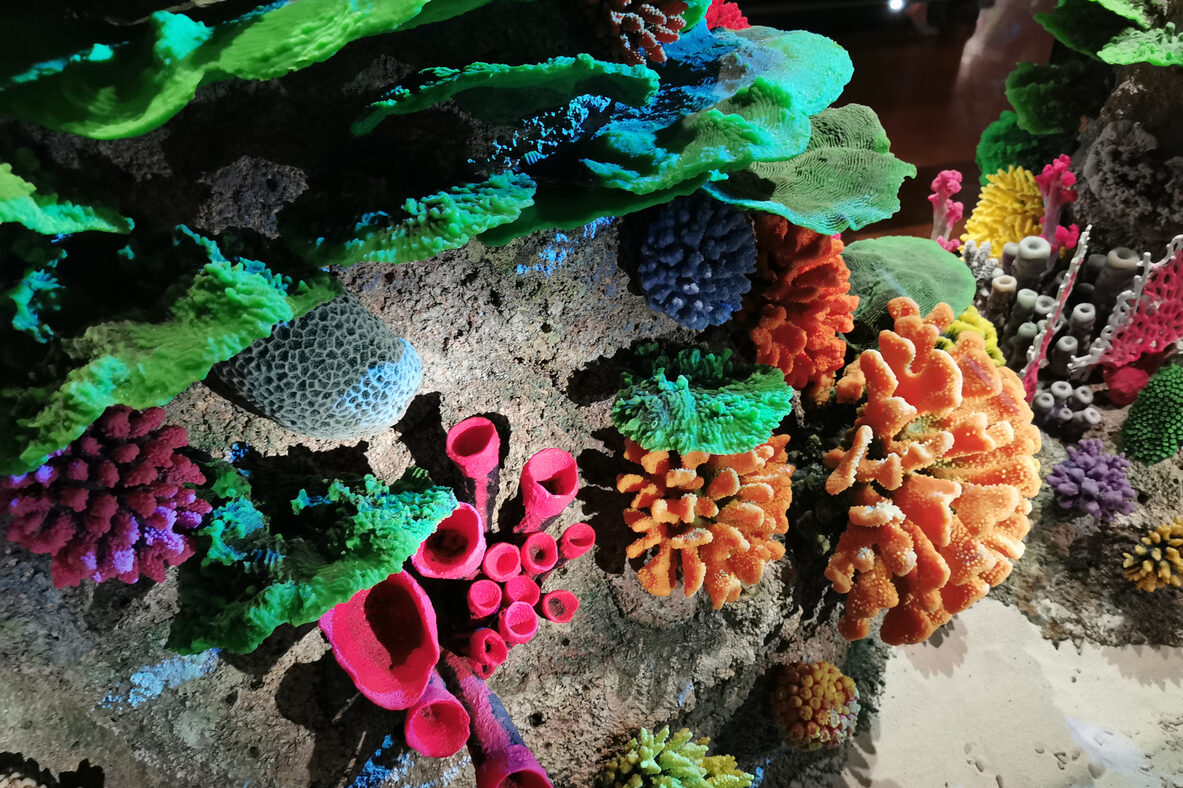
3D printed reefs may look like art installations, but they’re closer to science fiction brought to life. Every curve, crevice, and surface bump is meticulously calculated. Coral larvae—the babies of the reef world—are notoriously picky when it comes to choosing their forever homes. They won’t settle for just any surface. So researchers use specialized software to model reef structures based on real coral blueprints, even adjusting the texture at the microscopic level to make them irresistible to coral larvae. It’s like Tinder for coral—only the matches are permanent and come with sea anemones. Plus, the materials used in the printing are ocean-safe and designed to degrade slowly as real coral begins to grow.
That means the artificial reef eventually becomes…well, not artificial at all. It’s a seamless blend of human ingenuity and marine biology. The ocean doesn’t just need saving—it needs rebuilding with intention. And these printed reefs are quietly rewriting the rules of restoration. Nature’s never been great at accepting plastic imitations, but this? This, it seems, she’s warming up to.
From Reefs to Runways
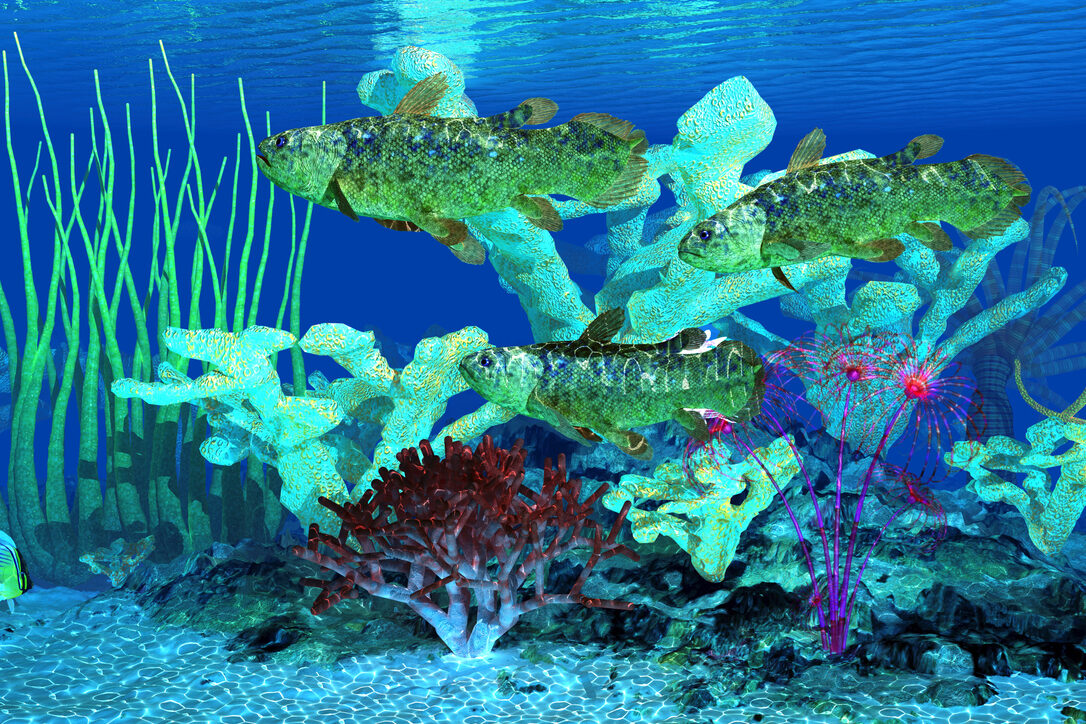
Here’s where things get oddly glamorous. The same 3D printing technology used to create high-end fashion prototypes and avant-garde runway pieces? It’s also making a comeback in the ocean. Designers and scientists are collaborating to craft reefs that aren’t just functional—they’re drop-dead gorgeous. Why? Because beauty attracts biodiversity. Fish are more likely to explore colorful, complex reef structures, which helps reboot the entire food chain. Some reefs are even being designed with “fashion-forward” patterns to mimic naturally occurring color contrasts that attract specific species.
It’s haute couture meets habitat restoration. And while it sounds like a stretch, the data backs it up—visually rich structures get way more marine traffic than their plain-Jane counterparts. The more eye-catching the reef, the more likely it is to be adopted by local sea life. Function meets flair, and suddenly, marine biology has never looked so good. Who knew that giving reefs a glow-up could change the fate of an entire ecosystem?
No Underwater Briefing but Look Who’s Crushing It Anyway

No one trained the crabs for this job. They didn’t attend underwater briefings or get handed tiny hard hats. And yet, they’ve become essential workers in this new reef revolution. By moving in early, they make these artificial reefs feel like home faster. Their scurrying helps spread microbial life and gives fish a reason to check things out. In a way, the crabs are the opening act for a full-blown marine revival. Researchers call this “bioturbation,” but we like to call it crab-powered chaos with a purpose.
These little crustaceans are turning restoration into a group project. And unlike most group projects, everyone’s pulling their weight. The crabs clean, stir, and keep the reef lively—basically performing reef maintenance with zero supervision. It’s like giving toddlers a playground and discovering they’re also lowkey janitors. Unexpected? Totally. But science thrives on surprises, and these guys are delivering.
Robots, Meet Reefs
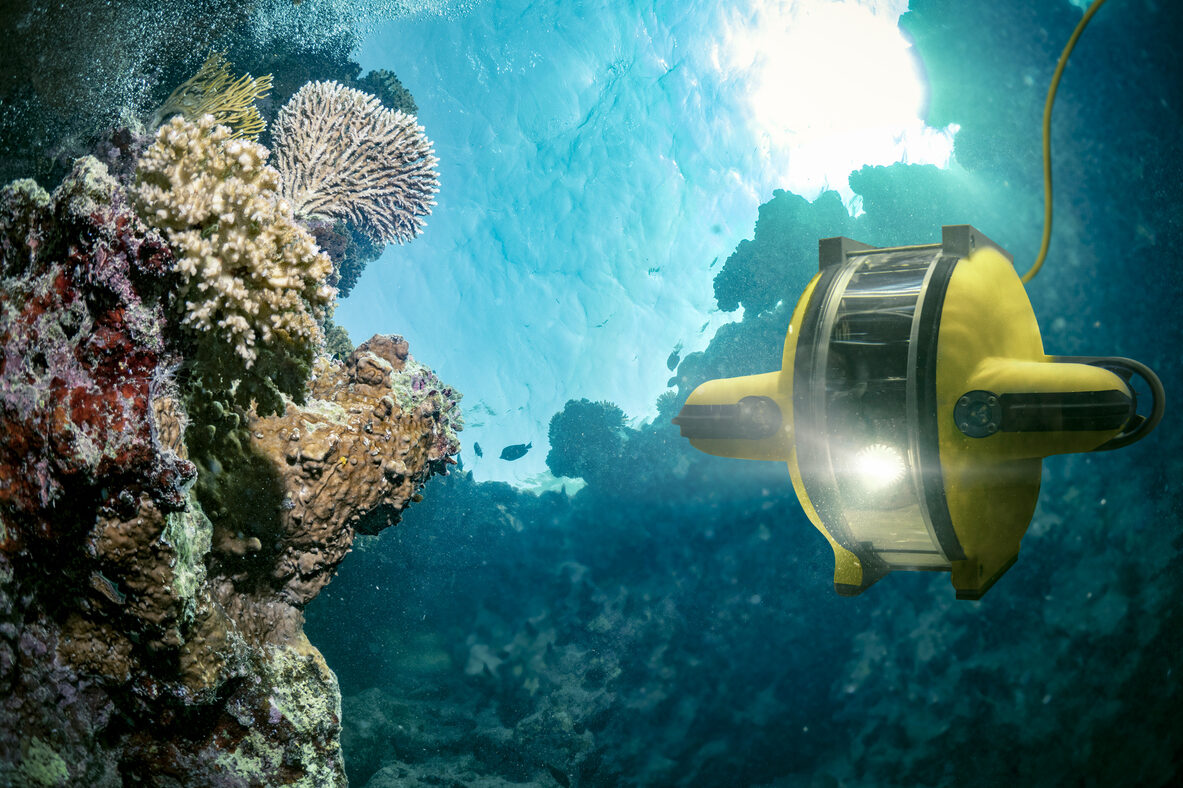
As if 3D printers and crabs weren’t wild enough, AI has joined the party. Scientists are now using machine learning to analyze coral growth patterns and figure out the best spots to deploy new printed reefs. It’s like having a super-intelligent ocean scout that maps out where life is most likely to thrive. The algorithms process insane amounts of data—temperature, current flow, biodiversity hotspots—and then suggest the best designs for each underwater neighborhood. Think of it as customized interior design, but for fish. And yes, the reefs come with built-in hideouts and hangouts designed just for their future tenants.
This is restoration with brains and barnacles. With AI’s help, reefs are no longer “planted” randomly. They’re strategically placed with maximum impact in mind. It’s smarter, faster, and frankly, a little cooler than we expected marine biology to be. Who said saving the planet couldn’t be high-tech and high-style?
Coral Reefs Are Basically the Rainforests of the Sea
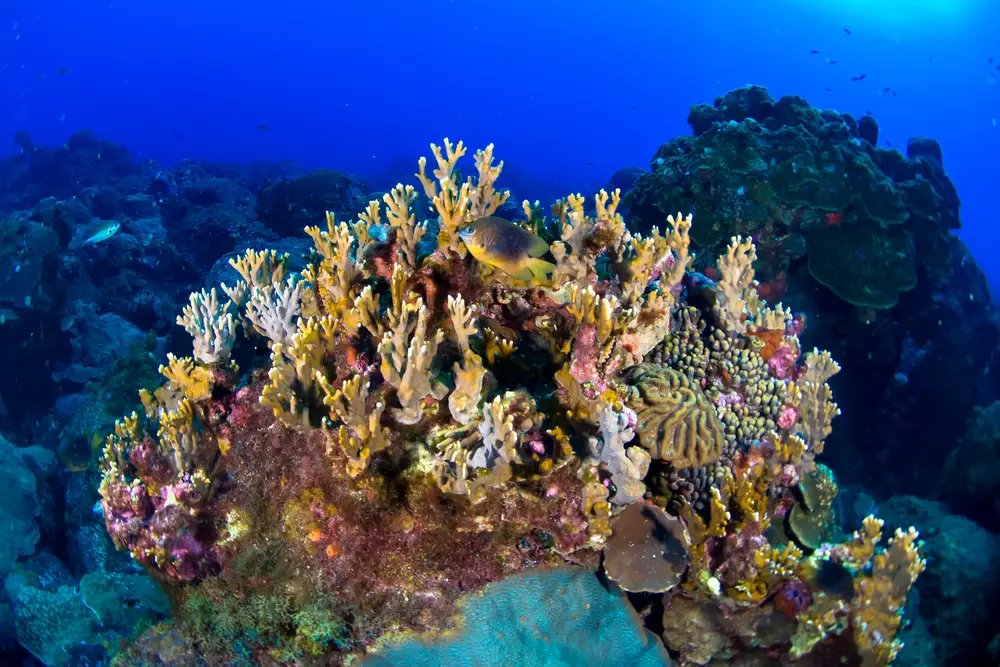
If you’ve ever thought of coral reefs as just colorful rocks underwater, think again. They’re teeming with life—so much so that they’re often called the rainforests of the sea. Reefs support around 25% of all marine species, despite covering less than 1% of the ocean floor. That’s like hosting a party for the entire city in a studio apartment. From fish to sea turtles to tiny shrimp with big attitudes, everyone benefits from a thriving reef. Lose the reef, and you lose the neighborhood. It’s a domino effect no one wants to see in motion.
That’s why this 3D printing approach isn’t just exciting—it’s urgent. Traditional conservation methods haven’t kept pace with how fast reefs are dying. But this blend of tech, biology, and some very motivated crustaceans might be the leap we’ve needed. It’s restoration for the 21st century—equal parts genius and grit. And the stakes? Oh, just the future of ocean life as we know it.
Think Bigger, Bluer, and Way More Crab-Packed
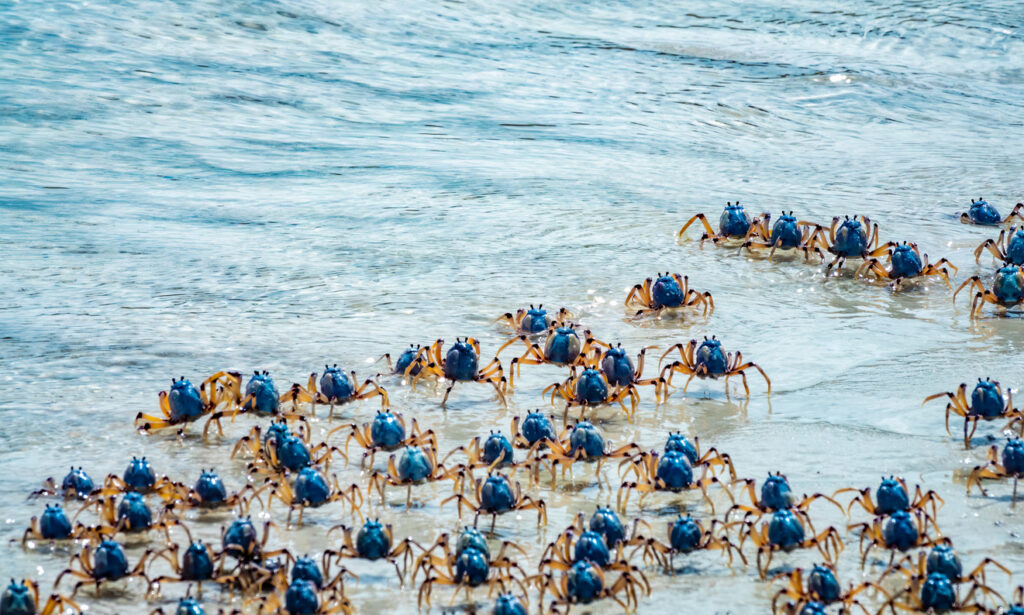
So what happens when you hand nature a second chance—and a 3D printer? You get a glimpse of what restoration could look like on a global scale. Scientists aren’t stopping with one reef or one region. They’re testing different materials, deploying smarter tech, and tracking how entire ecosystems rebuild themselves from the seafloor up. There’s even talk of “reef cities”—interconnected habitats teeming with biodiversity, crabs included, of course. Imagine underwater metropolises, alive with color and motion, brought back from the brink.
And the best part? It’s already working. Crabs are moving in, corals are growing, and fish are returning. This isn’t just a science experiment—it’s a comeback story. A quiet rebellion against extinction, written one printed coral and one crab claw at a time. Because when science, tech, and nature link arms, even the most broken reef can start to breathe again.


